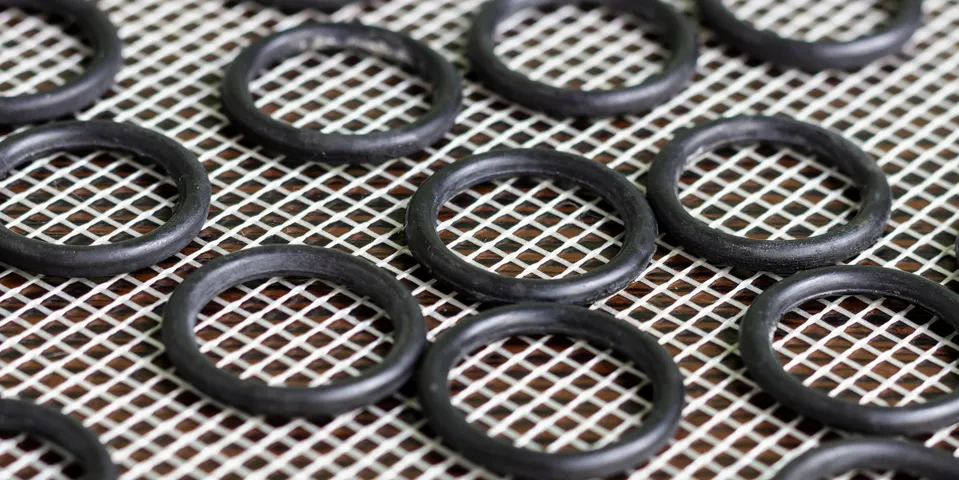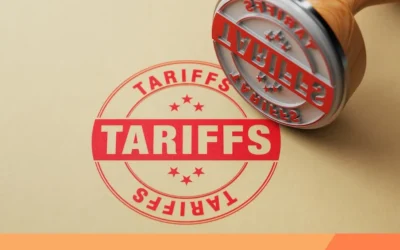Rubber O-rings are seemingly simple components with a surprisingly wide range of applications, from transportation to medicine production. These effective devices can be used to create air- and water-tight seals for a variety of appliances, engines, and devices, preserving valuable materials and reducing the risk of accidents and losses. In the guide below, take a closer look at O-rings and how they function.
Origin of O-Rings
Rubber O-rings were first developed in Sweden by inventor J. O. Lundberg. However, the technology became better-known over 40 years later, when Danish-American machinist Niels Christensen filed a patent for a circular ring made of rubber to withstand compression.
The new gaskets were so effective that they were soon adopted by leading companies for use in brakes, electrical systems, and other applications. When World War II began soon after Christensen’s patent was issued, the federal government took over the patent and ensured that it was available for nationwide use as a vital war technology.
How O-Rings Work
 O-rings are seated in a precut groove between two pieces of solid material, such as between steel pistons and cylinders or between nonmoving circular joints. When pressure is applied to one piece of material, the rubber ring is deformed and moves toward the low-pressure side of the groove, thus forming a secure seal.
O-rings are seated in a precut groove between two pieces of solid material, such as between steel pistons and cylinders or between nonmoving circular joints. When pressure is applied to one piece of material, the rubber ring is deformed and moves toward the low-pressure side of the groove, thus forming a secure seal.
The malleability of rubber and other elastomers allows the O-ring to deform into any gap between components and prevent the passage of leaking gases and fluids. When high-quality elastomers are used, the gasket can withstand repeated use for a decade or more.
Materials Used in O-Ring Production
Although natural and early synthetic rubbers were the materials of choice in early O-ring production, a wide range of elastomers have since been developed for specialized uses.
For example, heat-resistant fluoroelastomers can be used to create O-rings suitable for use in automotive fuel injectors and were once widespread as gaskets in aerospace applications. Ethylene propylene diene monomer (EPDM) rubber is often used for sealing roofs, forming door seals, insulating electrical equipment, and handling other applications that deal with moisture and grease. Silicone rubber O-rings are commonly found in the food service industry due to their nontoxic composition.



